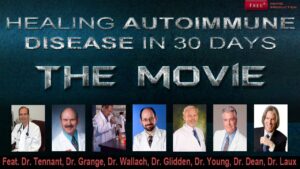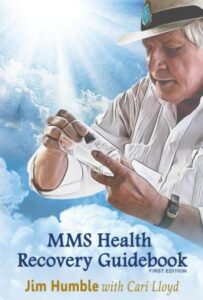 Researchers from the Mayo Clinic, a non-profit medical and research center, report that antibiotics, antidepressants and painkiller opioids are the most common prescriptions given to Americans.
Researchers from the Mayo Clinic, a non-profit medical and research center, report that antibiotics, antidepressants and painkiller opioids are the most common prescriptions given to Americans.
Twenty percent of U.S. patients were also found to be on five or more prescription medications.
- Study: Smarter medication use could save $213B in health care costs
- Mayo Clinic: Teens with chronic pain should not use medical marijuana
- Sen. Schumer seeks crackdown on “academic doping”
The study is uncovering valuable information to the researchers about U.S. prescription practices.
70 percent of Americans take prescription drugs
“Often when people talk about health conditions they’re talking about chronic conditions such as heart disease or diabetes,” Dr. St. Sauver stated in a Mayo Clinic press release.
“However, the second most common prescription was for antidepressants — that suggests mental health is a huge issue and is something we should focus on. And the third most common drugs were opioids, which is a bit concerning considering their addicting nature.”
Nearly one in four women ages 50 to 64 were found to be on an antidepressant, with 13 percent of the overall population also on antidepressants.
With 70 Percent of Americans on Medication, Have We Become a Pill Culture?
Nearly seven out of 10 Americans were prescribed at least one drug in 2009, and half were given two or more, according to new research from the Mayo Clinic.
The most commonly prescribed drugs were antibiotics, antidepressants, and painkilling opioids, according to the study, published this week in the journal Mayo Clinic Proceedings.
Study author Dr. Jennifer St. Sauver said that women and older adults received more prescriptions, but prescription drug use spanned all age groups. Children were most commonly prescribed anti-asthma medications, antibiotics, and vaccines.
“When people talk about the most common chronic conditions in the community, they’re talking about things like heart disease and diabetes. Well, the second most common prescription in our community is for antidepressants, so that does suggest that mental health conditions are a huge issue in our community and maybe an area we should focus on,” she said in a YouTube video explaining the research.
The community, specifically, is Olmsted County, Minn. (pop. 142,377), which is the site of the Mayo Clinic’s Rochester Epidemiology Project, a large-scale population study. Researchers there say the makeup of the population is comparable to that of the rest of the country.
While the researchers couldn’t definitively say why so many people take prescription medications, there are several reasons why spending on prescription drugs in the U.S. reached $250 billion in 2009, the year prescription use was analyzed.
Antibiotics
Antibiotic resistance is a major concern and one of the U.S. Centers for Disease Control and Prevention’s (CDC) top priorities. Bacteria have learned to evolve in response to antibiotics, making them ineffective against some bacterial strains, and drug companies are unable to keep up with their evolution.
As early as the 1970s, doctors were prescribing antibiotics to treat the common cold, which did nothing to help because colds are caused by viruses, not bacteria.
The overuse of antibiotics—especially the 14,440 tons used annually in livestock—is the topic of a bill presented by U.S. Rep. Louise Slaughter (D-NY). Introduced for the third time this March, the Preservation of Antibiotics for Medical Treatment Act hopes to reign in the overuse of antibiotics in humans and animals. The bill continues to lay dormant before the House subcommittee on health.
Antidepressants
An estimated one in four Americans will experience a mental health disorder, such as depression or anxiety, in a given year, according to the National Alliance on Mental Illness.
Typical first-line treatments for mental health issues are medication and some type of psychotherapy.
Critics who say antidepressant medications are overused often claim there is a chicken-and-egg phenomenon, saying that antidepressants are prescribed for normal human reactions to life events, leading to a lasting diagnosis of mental illness.
However, as the public mindset continues to change, there’s now less stigma attached to getting help for mental disorders, which may help explain the rise in antidepressant use.
Opioids
Opioids are a class of drugs known for their ability to produce a euphoric high, as well a debilitating addiction. They are strictly regulated for these reasons and should only be prescribed to treat chronic pain resulting from a disease, surgery, or injury, according to the Center for Addiction and Mental Health.
Opioids—codeine, oxycodone, and hydrocodone—are increasingly popular recreational drugs that have been both celebrated and condemned in popular culture.
There is a high potential for fatal opioid overdoses, made evident by the fact that 60 percent of the 38,329 people who died of a drug overdose in the U.S. in 2010—including comedian Greg Giraldo—died taking prescription drugs. Three out of four of those deaths were caused by opioid analgesics, according to CDC estimatesTrusted Source.





